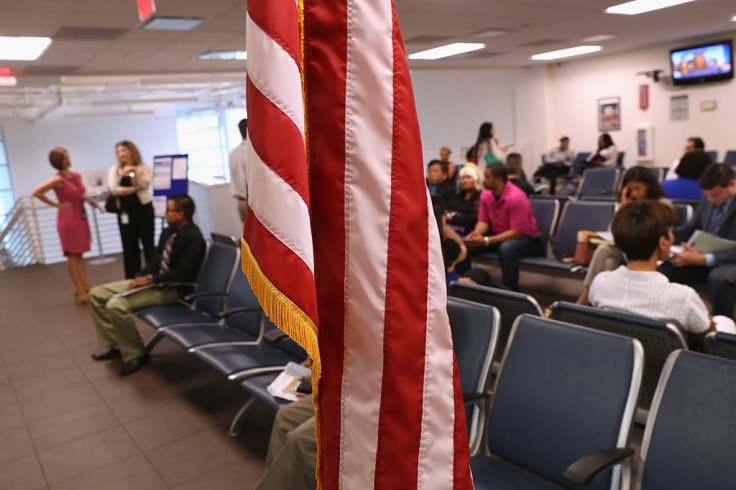
The migrant population in the United States has shrunk for the first time in more than 50 years, according to a new report.
Concretely, the Pew Research Center detailed that since January the number of immigrants in the country dropped by about 1.4 million in the first six months of the year, clocking in at 51.9 million. It is the first decline since the 1960s, the center added.
One of the areas most affected by this trend is the labor force, which has lost more than 750,000 workers since the beginning of the year.
That figure is echoed in a report released last week by Economic Insights and Research Consulting, which estimates the U.S. workforce has declined by as many as 1.2 million foreign-born workers since January 2025. The report links the labor shortage to rising prices for goods and services, along with widespread staffing gaps across several major industries.
Deportations have ramped up under the Trump administration, and many undocumented immigrants — along with those on temporary or vulnerable legal statuses — have voluntarily left, often out of fear of detention or removal.
In fact, a recent NPR report claimed that factories across the U.S. are preparing for staffing gaps as federal immigration protections lapse and work authorizations are revoked.
At GE Appliances, for example, team leader and union steward Jaelin Carpenter said four members of her 26-person crew suddenly lost status after the Trump administration ended programs that had allowed two-year work authorization for people fleeing crises.
"They were calling me asking me if they're on the run. 'Does this mean I'm getting deported today?'" Carpenter told NPR, adding that the workers handled difficult hose and motor-platform installs and that constant retraining raises the risk of mistakes. GE spokesperson Julie Wood said the company is consulting on compliance and expanding its fill-in pool to manage uncertainty.
In all, GE Appliances says 148 employees have already lost eligibility to work, and union stewards on its Louisville lines describe abrupt vacancies in "critical jobs."
Discussing the reduced workforce, Jeffrey Passel, senior demographer at the Pew Research Center, said "the data we're looking at represents a dramatic shift."
"The working-age population in the U.S. isn't growing. That means the only way for the labor force to expand is through new immigrants. If the workforce stalls, the economy faces challenges."
Passel also noted that the CPS sample size used to estimate the immigrant population is relatively small, meaning this year's data remains preliminary and incomplete.
In addition, Pew researchers warned that some of the reported decline may be misleading, as immigrant participation in the survey appears to be dropping—possibly due to fear or mistrust.
A recent analysis by FWD.us estimates that eliminating these protections could reduce immigrant spending power by $13.4 billion annually and cut tax contributions by at least $3.2 billion. The economic toll would be felt across several key industries, with potential job losses including about 73,000 in leisure and hospitality, 60,000 in construction, 46,000 in manufacturing, 44,000 in health services, 36,000 in wholesale and retail, and 34,000 in business services.
© 2025 Latin Times. All rights reserved. Do not reproduce without permission.





